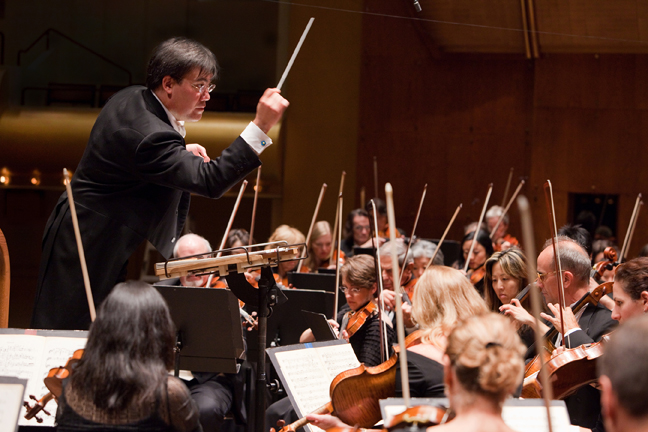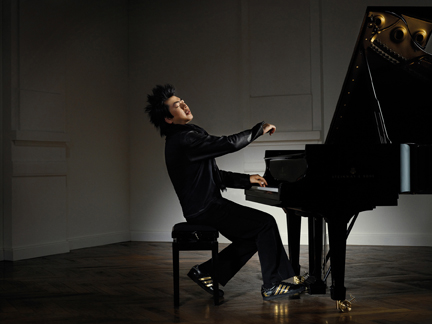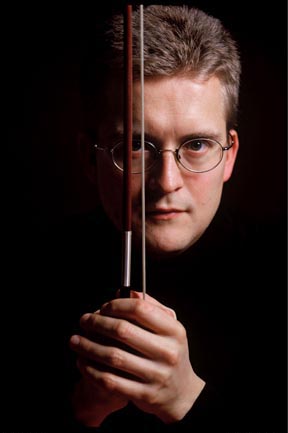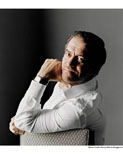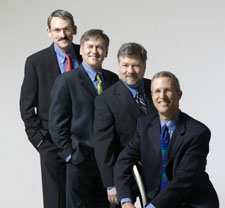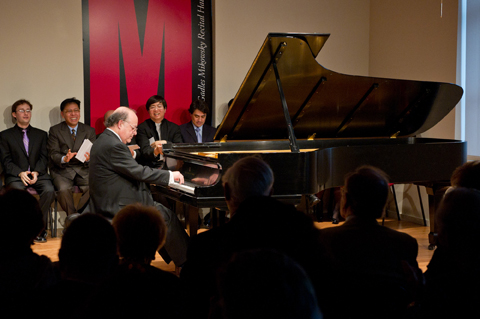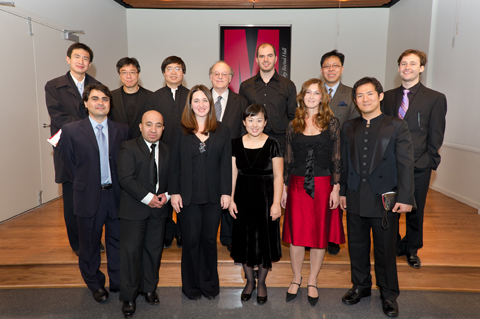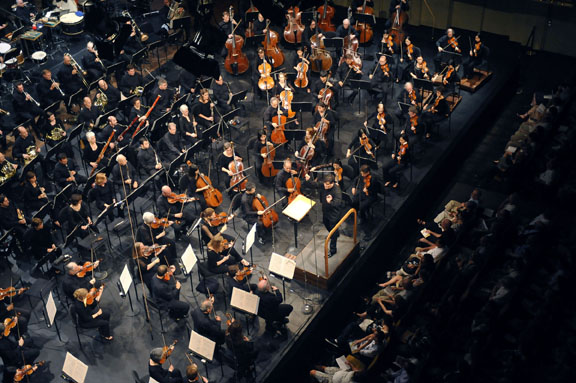András Schiff, piano
Carnegie Hall; New York, NY
October 26, 2010
The Kalichstein-Laredo-Robinson Trio
Joseph Kalichstein, piano, Jaimie Laredo, violin, Sharon Robinson, cello
Michael Tree, viola, Anthony McGill, clarinet
Kaufman Auditorium, 92nd Street Y
October 28, 2010
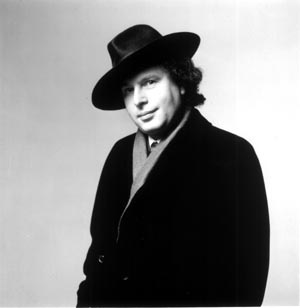
András Schiff
The 200th birthdays of Robert Schumann and Fredéric Chopin are being celebrated this year in performances all over the world.
Two memorable Schumann programs were presented here recently. Pianist András Schiff likes to concentrate on a single composer and has frequently offered total immersions in the music of Bach, Beethoven, Schubert and others. So it was natural for him to devote his recent recital to four major compositions by Schumann, all sets of shorter pieces, the genre in which he excelled.
The program opened with the latest of the four works: “Waldszenen” (Forest Scenes) Op. 82 (1848-49). These nine character sketches, bearing poetic titles such as “Lonely Flowers,” “Friendly Landscape,” “Accursed Place,” fairly breathe the air of an enchanted forest; the most famous one is “Prophet Bird,” whose light, tonally ambiguous downward arpeggios really suggest a bird in flight. Schiff underlined the delicacy, pastel shades and changing moods of these elusive pieces; as always, his tone was uniquely beautiful and his control of dynamics (mostly subdued) and color were remarkable.
In another intimate, introspective set, “Kinderszenen” (Scenes from Childhood) Op. 15 (1838), Schumann depicts the activities and emotions of children – probably observed in his own family – with remarkable empathy. “Träumerei” (Dreaming) has become so popular that it has been subjected to innumerable transcriptions, many unfortunately ill-suited to its innocent simplicity.
The program’s other two works, “Davidsbündlertänze” Op. 6 (1837) and “Symphonic Etudes” Op. 13 (1834-37, rev. 1852), are more substantial in scope and content. Both invoke creatures of Schumann’s imagination, notably his alter egos, the introspective Eusebius and the fiery Florestan. In addition, there is the League of David, who, like their Biblical models, are united in their fight against the (musical) Philistines. Schiff brought out the character of the different dances in the “Davidsbündler” (where, contrary to his usual custom, he did not observe the repeats and omitted two numbers), and all the mercurial moods of the “Etudes,” from the dark somberness of the Theme to the ebullience of the Finale.
Never one to stint on encores, he rewarded the audience’s enthusiasm with the entire “Papillions” (with repeats) and the Finale of the C-major Fantasie.
Chamber Music at the Y, founded and directed by Jaimie Laredo, violinist of the KLR Trio, its resident artists, is devoting this entire season to Schumann, but combining his works with those of his friends and contemporaries. At the first concert, the guest composer was Brahms, whose Trio for clarinet, cello and piano was flanked by three works by Schumann. The Trio’s guest artists were Michael Tree, violist of the now unfortunately retired Guarneri Quartet, and Anthony McGill, the spectacular new principal clarinetist of the Metropolitan Opera Orchestra.
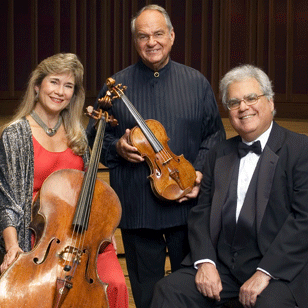
Kalichstein-Laredo-Robinson Trio
The concert was a most auspicious opening of the Y’s season. Kalichstein, who played every piece on the program, was, as always, a superb partner; he adjusted his style and beautiful, singing tone to each instrumental (and personal) combination in close rapport, and, despite the open piano, was never too loud. In the “Fantasy Pieces” Op. 73 for clarinet and piano (1849), McGill brought out the widely different character of the three pieces, displaying an extraordinary variety of color and nuance; his musical projection was so strong and genuine that his excessive body-language was an unnecessary distraction.
By contrast, Tree’s playing of the “Fairy Tale Pictures” Op. 113 (1851) was a model of dignity and inward expressiveness. These four pieces are less idiomatic to the instrument than the Fantasy Pieces; the viola’s low register and relatively subdued sound are easily overpowered by the heavy piano part, especially in the two middle pieces, no matter how careful and discreet the pianist tries to be. Tree and Kalichstein achieved an unusually good balance, but the two slow corner pieces still came off best: the first, with its closely interwoven voices, was an intimate conversation; the last was a deeply moving, pensive, resigned song of farewell. After over 30 years of partnering string players, Kalichstein’s ability to match the viola sound was uncanny.
We owe the Brahms Clarinet Trio Op.114 (1891) to the great clarinetist Richard Mühlfeld. Brahms, though not yet 60 years old, had decided to stop composing in 1890, but when he met Mühlfeld a year later, he was so impressed with his artistry that he was inspired to write four works for him: a trio, a quintet, and two sonatas. All are suffused with an autumnal, nostalgic mellowness, as if the setting sun were casting its last golden glow over the landscape. In these mature masterpieces, Brahms was at the peak of his compositional mastery; the Trio is a perfect blend of almost soloistic rhetoric and close ensemble. The performance was beautiful, austere but warm, unanimous and deeply felt; the three players projected their love of the music and their pleasure in one another’s company from first note to last.
The program closed with Schumann’s Piano Quartet Op. 47 (1842). At 32, Schumann, in his own words, was also “at the height of his powers.” Indeed, the Quartet’s concision, its combination of structural discipline and poetic romanticism, give it an air of sanguine self-confidence that makes it special among Schumann’s works. Every instrument gets its share of solo passages; the players reveled in the luscious melodies without becoming sentimental, and in the brilliant passages without upstaging one another. The concert was a total joy.
by Edith Eisler for New York Concert Review; New York, NY

